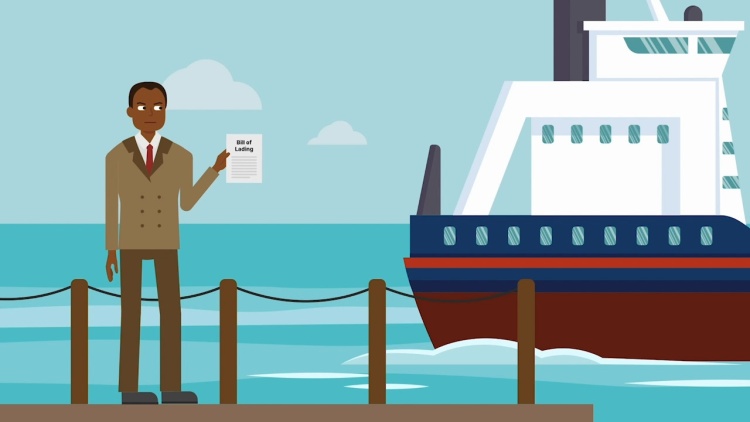Sztejn v. J. Henry Schroder Banking Corp.
New York Supreme Court
31 N.Y.S.2d 631, 177 Misc. 719 (1941)
- Written by Mary Pfotenhauer, JD
Facts
Sztejn (plaintiff) and Schwarz (defendant) entered into a contract with Transea Traders, Ltd. (Transea) (defendant), which was located in India, to purchase goods from Transea. Sztejn and Schwarz also contracted with J. Henry Schroder Banking Corporation (Schroder) (defendant) for the issuance of an irrevocable letter of credit to Transea. The letter provided that drafts by Transea for a portion of the purchase price would be paid by Schroder upon the shipment of the goods and the presentation of an invoice and bill of lading. Transea placed cases of material on a ship, procured a bill of lading from the shipping company, and obtained an invoice. However, the cases did not contain the contracted-for goods. Transea drew a draft under the letter of credit to the order of Chartered Bank of India, Australia and China (Chartered Bank) (defendant) and delivered the draft and documents to Chartered Bank. Chartered Bank presented the drafts and documents to Schroder for payment. Sztejn brought suit, seeking (1) a declaration that the letter of credit and the draft were void and (2) an injunction preventing the payment of the draft. The complaint alleged that Transea was engaged in a scheme to defraud Sztejn and Schwarz, that the merchandise shipped by Transea was in fact worthless rubbish, and that Chartered Bank was not an innocent holder of the draft for value but was instead attempting to procure payment of the draft for Transea. Chartered Bank moved to dismiss the complaint for failure to state sufficient facts to constitute a cause of action.
Rule of Law
Issue
Holding and Reasoning (Shientag, J.)
What to do next…
Here's why 899,000 law students have relied on our case briefs:
- Written by law professors and practitioners, not other law students. 47,000 briefs, keyed to 994 casebooks. Top-notch customer support.
- The right amount of information, includes the facts, issues, rule of law, holding and reasoning, and any concurrences and dissents.
- Access in your classes, works on your mobile and tablet. Massive library of related video lessons and high quality multiple-choice questions.
- Easy to use, uniform format for every case brief. Written in plain English, not in legalese. Our briefs summarize and simplify; they don’t just repeat the court’s language.





